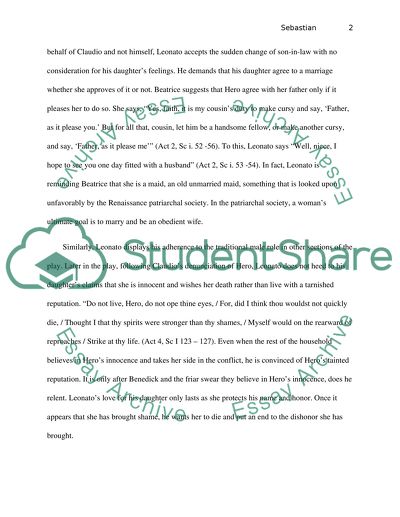Cite this document
(“Gender Roles in Much Ado About Nothing Essay Example | Topics and Well Written Essays - 1250 words”, n.d.)
Retrieved from https://studentshare.org/english/1448757-much-ado-about-nothing
Retrieved from https://studentshare.org/english/1448757-much-ado-about-nothing
(Gender Roles in Much Ado About Nothing Essay Example | Topics and Well Written Essays - 1250 Words)
https://studentshare.org/english/1448757-much-ado-about-nothing.
https://studentshare.org/english/1448757-much-ado-about-nothing.
“Gender Roles in Much Ado About Nothing Essay Example | Topics and Well Written Essays - 1250 Words”, n.d. https://studentshare.org/english/1448757-much-ado-about-nothing.


